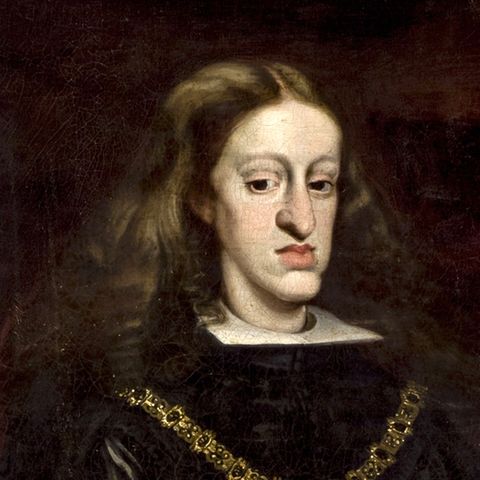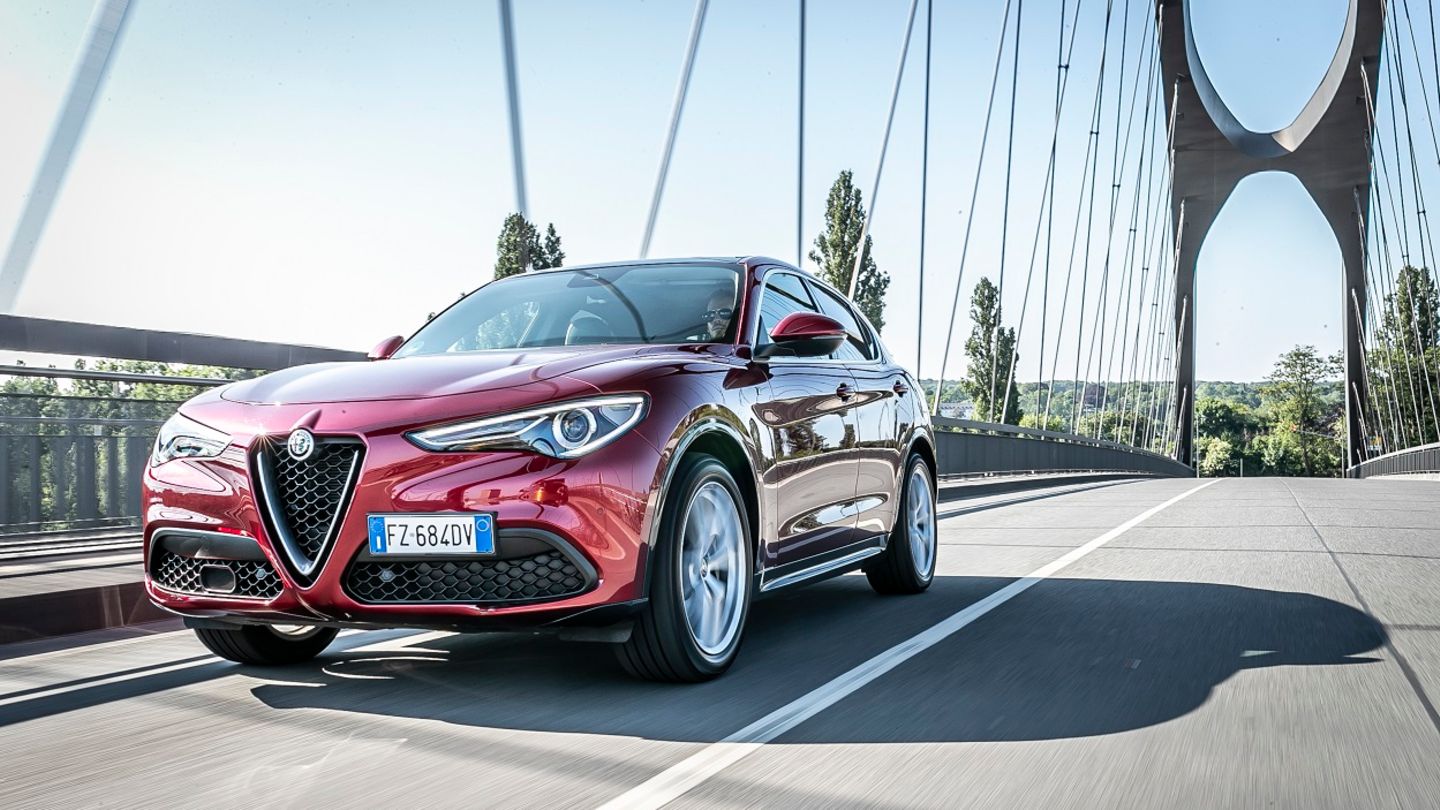Privilegio del Blanco
Queen Letizia wears white in the Vatican – what this color means
Copy the current link
Add to the memorial list
Taboo break or tradition? Letizia’s white dress in the Vatican demonstrates Spain’s Catholic history and the unique position of the oldest royal family in Europe.
The Spanish royal couple was also present at the fair for the inauguration of Pope Leo XIV’s pontificate. Queen stood out in St. Peter’s Basilica. The monarch wore a special dress as always. Not only the timeless elegance of the wardrobe impressed, but above all the color: Letizia wore white instead of the usual black dress with a mantilla, the traditional Spanish veil.
The mantilla is worn by Spanish women on formal occasions in the Catholic Church. The cloth is placed over the head, falls over the shoulders and is often provided with a comb, the so -called Peineta, which fixes the cloth and gives the hair more volume.
Queen Letizia – Catholic than others
The fact that Letizia was wearing this color when it stepped in front of the Pope is likely to act like a fashionable taboo breach, emphasizes the special position of the Spanish monarchy. Wearing white goes back to the “Privilegio del Blanco”. Only certain Catholic queens and principals may carry the color for audience or other solemn occasions in the Vatican.
This privilege was granted to them because they remained true to the Catholic Church during the Reformation, a time when many European monarchies turned away from Catholicism and transferred to Protestantism. Spain, on the other hand, always occurred for the Catholic cause. In addition, only Belgium, Luxembourg and Monaco enjoy this special right.
However, letizia and King Felipe no longer use the traditional nickname of the Spanish kings. The honorary title “Catholic Majestäten” (“SuS Majestades Católicas”) was Queen Isabella I of Castile and King Ferdinand II of Aragón in 1496 by Pope Alexander VI. Award and is historically a term for the “Catholic kings” (“Reyes Católicos”). Although he is no longer officially used today, he will continue to be associated with the Spanish royal family.
The progenitor Hugo Capet
Letizia and King Felipe VI. belong to the Bourbon house, the Spanish line of the Bourbons, also known as a bourbon anjou. The Bourbons came to power in Spain by King Philipp V, who was the first bourbon in 1700 to the Spanish throne. He was a grandson of the French king Louis XIV, the “sun king”. The Bourbons are derived from a side line of the Capet house, one of the oldest royal dynasties in Europe. The progenitor is Hugo Capet, who was voted King of the West Franconia in 987. When he was crowned in the Cathedral of Reims on July 3, 987, the Karolinger rule ended. Hugo was the first king to not come straight from the Carolingian line, even though he was related to them via female lines. Hardly any still existing nobility family has a longer tradition than the Spanish royal family. Only the Welfen, Reginars, Babenberger and Ardennes have older origins than the Capet dynasty.
Source: Stern
I am an author and journalist who has worked in the entertainment industry for over a decade. I currently work as a news editor at a major news website, and my focus is on covering the latest trends in entertainment. I also write occasional pieces for other outlets, and have authored two books about the entertainment industry.





